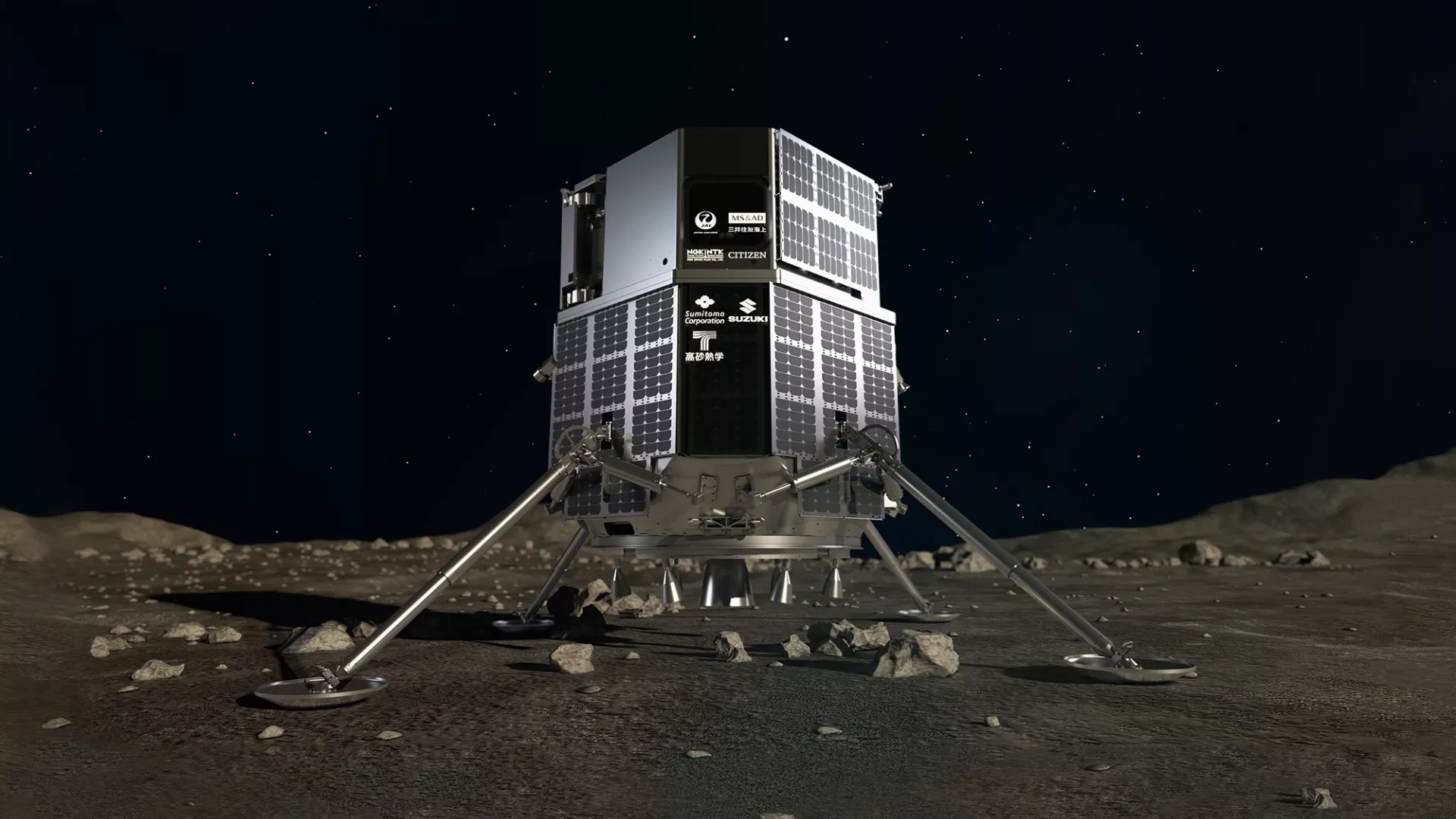An early-morning Sunday launch from Cape Canaveral by SpaceX sent a commercially produced Japanese lunar lander into orbit for a 3-month journey to a 54-mile-wide landing site. A tiny NASA spacecraft that will probe icy, persistently shaded craters close to the moon’s poles for ice formations is also on board.
The launch happened on the 50th anniversary of the last Apollo moon landing, which happened in 1972. It also happened just ten hours before the unpiloted Orion moonship that NASA was testing was set to splash down in the Pacific Ocean west of Baja California, ending its 25-day journey.
Piloted lunar flights are scheduled to begin in 2024 as a result of Orion’s Artemis 1 mission. In order to prepare the path for commercial activities on the moon, Tokyo-based ispace, the company that built the Hakuto-R lunar lander, plans to send tiny government and civilian payloads there.
The Falcon 9’s first-stage engines were ignited with a ground-shaking boom at 2:38 a.m. Eastern Standard Time (EST), and they were then throttled up to 1.7 million pounds of thrust to begin a sky-lighting ascent to space. This marked the beginning of the mission.
The 229-foot-tall rocket was sent into the lower atmosphere by the first stage, completing its sixth mission. After separation, the stage swung around and continued toward the Cape Canaveral Space Force Station’s landing pad.
The thin booster, which was preceded by window-rattling supersonic booms, descended on a spectacular jet of flame and deployed its four landing legs just before coming to a precise stop on a concrete pad. The rocket recovery was SpaceX’s 155th overall, 27th in Florida, and second in three days.
After launching for around 47 minutes, Hakuto-R was detached from the Falcon 9’s 2nd stage. Using a limited trajectory that will propel it a million miles into space, it is anticipated to arrive at the moon in 5 months. Then, the combined gravity of the sun, Earth, and the vehicle’s own engines will pull it back toward the moon.
In late April, if all goes according to plan, the spacecraft will make a rocket-powered descent to the bottom of Atlas Crater and make a four-legged touchdown.
To explore the region’s geology, soil characteristics, dust movement, and electrostatic plasma environment, a tiny
22-pound rover made by the United Arab Emirates and called Rashid will roll down the ramp and onto the surface after landing.
The Japanese Lunar Excursion Vehicle, a 12-pound, baseball-sized rover, will go to the lunar surface with its own sensors to conduct independent study.
In order to support the NASA-led Artemis mission, Takeshi Hakamada, founder and CEO of iSpace, said that one of the company’s main objectives is to provide quick access to the surface of the moon.
Hakamada told CBS News that it was an honor to be the first launch and the first privately sponsored lunar landing.”But that’s not what we’re aiming for.” A sustainable ecology is what we want to build.
“In this market, we must have at least a few rivals.” Otherwise, there would be little motivation to expand this sector. Therefore, I’m thrilled to have more rivals and look forward to strengthening this sector with them.”
NASA’s Lunar Flashlight, a “smallsat” outfitted with four infrared lasers, also rode onboard the Falcon 9 alongside Hakuto-R. The Lunar Flashlight will examine the moondust below for traces of ice as it travels around the moon in a highly elliptical orbit that may get it as near to the moon’s surface as 43,000 miles at its farthest distance.
The laser light will simply be reflected and dispersed by rocks and dirt, but it will be absorbed by ice. In particular, NASA is looking to investigate permanently shadowed craters close to the south pole of the moon, where previous satellite scans found chemical signals that could point to the existence of ice.
NASA’s Artemis program is focused on ice, which might be a crucial resource for future astronauts. If accessible reserves are found, the ice could be broken down into oxygen and hydrogen. This would allow future explorers to make rocket fuel, air, and water on the moon without having to bring these things from Earth, which would be very expensive.
In a NASA press release, the project’s main scientist, Barbara Cohen, stated, “We are bringing a real torch to the moon, beaming lasers into these dark craters to seek for conclusive indicators of water ice covering the top layer of lunar regolith.” “I’m thrilled to see how our mission advances our scientific knowledge of where and how water ice formed on the moon,” the author says.
As a technological demonstration vehicle, Hakuto-R lacks any internal instrumentation. However, according to Hakamada, ice would eventually make it possible to establish a commercial infrastructure on and around the moon.
He stated, “We think that’s going to be the key to starting the lunar economy.” We feel that frequent transits to the lunar surface are necessary to support research missions, exploration missions, and technological demonstration missions in the near future so that we may make use of these resources.
“We want to run missions to the surface often. “We anticipate providing two to three missions annually starting in 2025.”
Source: CBS News

